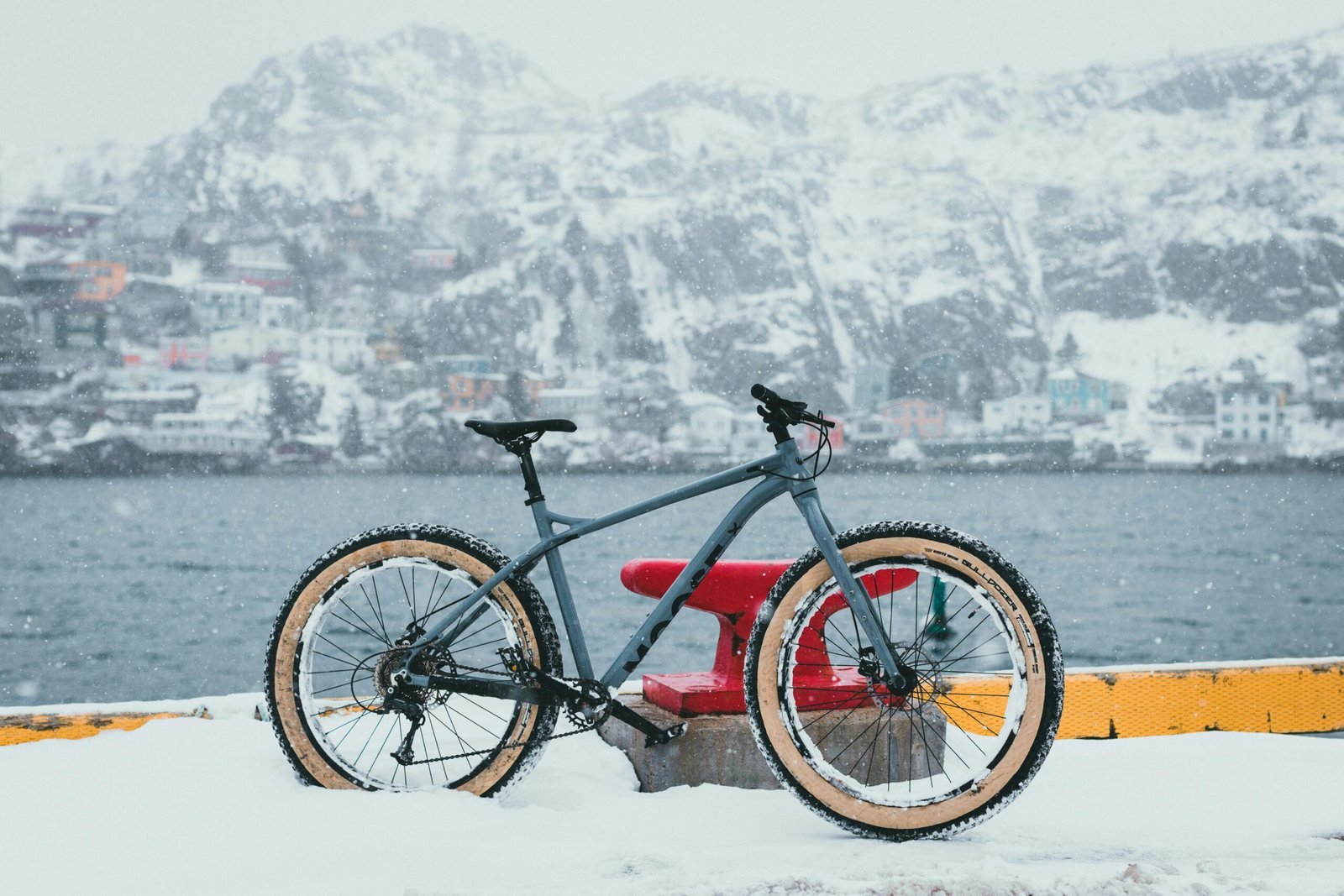What riders, land managers, and outdoor advocates need to know
The Rise of eBikes on PNW Trails
the Pacific Northwest, where the landscape is our greatest asset, a quiet revolution is happening on the trails. It’s not about new gear or a rediscovery of old routes; it’s about a new kind of freedom, powered by a battery and a motor. Electric bikes, or eBikes, are no longer just a novelty—they’re a significant force reshaping how people access and experience our region’s beloved trails. For readers interested in the latest models, check out our eBike reviews for our top recommendations.
For many, eBikes are a game-changer. They level the playing field, making epic climbs and long-distance rides accessible to a broader range of people. The steep, punishing ascents of the Cascade foothills or the demanding singletrack of the Olympic Peninsula are suddenly within reach for those recovering from injury, older riders, or anyone who simply wants to explore more terrain without being limited by their physical endurance. It’s an undeniable benefit—more people connecting with nature and enjoying a sport that may have previously been out of reach. If you’re new to the sport, our guide to mountain biking 101 can help you get started on the right foot.
However, this accessibility isn’t without its challenges. The introduction of motorized vehicles, even low-power ones like eBikes, into spaces traditionally reserved for muscle-powered recreation has sparked a heated debate. Trail stewards and advocacy groups are grappling with questions about trail etiquette, maintenance, and environmental impact. Are eBikes causing more erosion? Are they too fast for shared-use trails? The answers are complex and vary from one trail system to the next.
The Debate: eBikes on Public Lands
For now, the policy is as varied as the terrain itself. Some parks and trail networks, like those managed by the Department of Natural Resources (DNR) in Washington, have embraced eBikes, designating specific routes for them on their network of trails. Others, like many local county parks, have banned them outright, citing concerns about safety and preserving the traditional “backcountry” experience. Yet, the conversation is moving forward. Organizations like the Evergreen Mountain Bike Alliance are actively working with land managers to create a more integrated trail system, one that respects the needs of all users. Their goal is not to force eBikes onto every trail but to find a sustainable and responsible way for them to coexist.
The Future of PNW eBike Trails
Ultimately, the rise of the eBike is forcing us to redefine what a trail is for and who it serves. It’s an opportunity to create a more inclusive outdoor community, but it requires a careful and thoughtful approach. The goal is not to preserve the past but to build a sustainable future where every kind of trail enthusiast—whether they pedal under their own power or with an electric assist—can find a place to belong. The path forward will be paved with collaboration, clear communication, and a shared commitment to the health of our trails and our community. For specific places to ride, be sure to check our PNW trail guides.
What Riders Can Do
- Use trail apps with updated eBike filters.
- Respect posted signage and trail etiquette.
- Join local trail groups to stay informed and advocate responsibly.
- Support ecosystem partners working to balance access and sustainability.
FAQs About eBikes and Trail Access in the PNW
Q1: What’s the difference between Class 1, 2, and 3 eBikes?
- Class 1: Pedal-assist only, max 20 mph.
- Class 2: Throttle-assist, max 20 mph.
- Class 3: Pedal-assist, max 28 mph.
Q2: Can I ride my eBike on national forest trails? Most are restricted to non-motorized use. Check with the Forest Service or local ranger districts.
Q3: Are eBikes considered motorized vehicles? Legally, yes—but classification varies by jurisdiction. Some agencies treat Class 1 eBikes as non-motorized for access purposes.
Q4: Where can I find eBike-friendly trails? Trailforks, MTB Project, and local land agency websites often list access rules and trail classifications.
Final Thought
Trail access is evolving—and eBikes are part of that evolution. By staying informed, respecting ecosystems, and supporting stewardship efforts, riders can help shape a future where access and sustainability go hand in hand.


